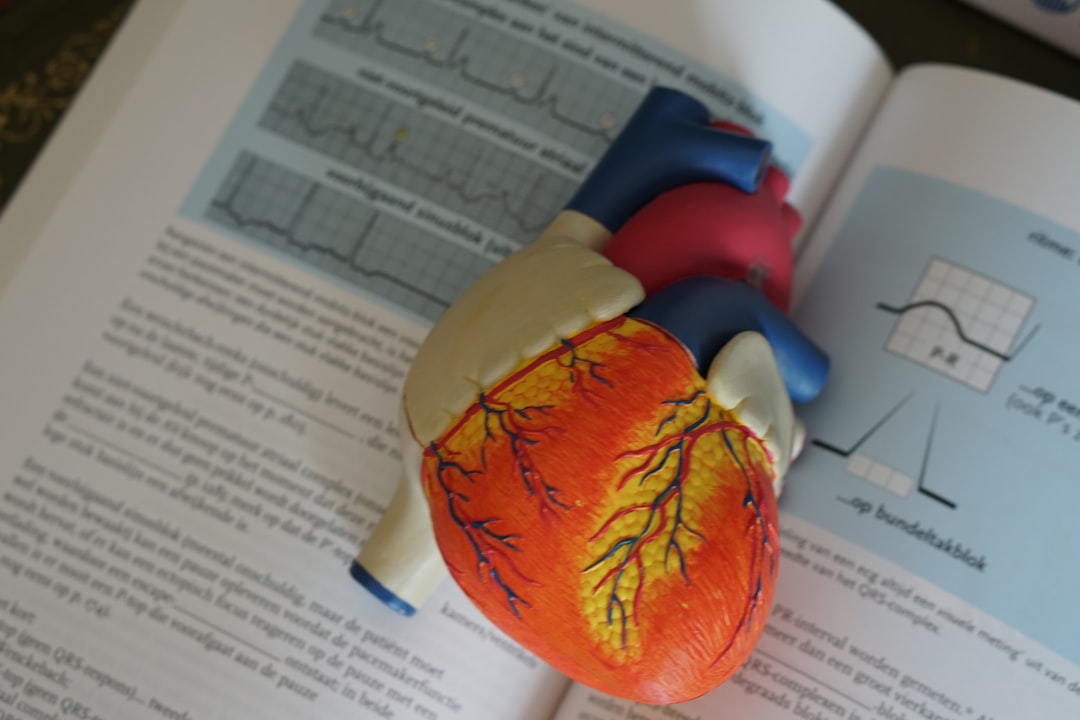What is it about?
Magnetic materials, exhibiting the magnetic hysteresis phenomenon, are the indispensable components of transformers, electric machines and various other electrical and electronic devices. This phenomenon serves as the root cause of magnetic losses. The estimation of magnetic losses caused by high-frequency non-sinusoidal excitations has long been a challenging task. Expanding upon previous research in this field, this paper introduces a novel transformation principle, termed as the “Equal Derivative Transformation(EDT)”, for estimating losses resulting from piece-wise linear flux density waveforms—a common occurrence in light of advancements in power electronic technology. For periodic excitations, total magnetic losses are calculated by multiplying the loss per period by the number of periods. In this paper, upon transforming to the equal flux density derivative, the per-period magnetic losses of asymmetric and symmetric triangular waveforms at different frequencies are experimentally determined to be closely matched. The loss resulting from a symmetric triangular flux density waveform can be approximated using the well-known waveform coefficient Steinmetz equation proposed in 2008. Consequently, a new empirical method is introduced for estimating losses arising from asymmetric triangular flux density waveforms.
Featured Image

Photo by Pierre Bamin on Unsplash
Why is it important?
The enigma of magnetism is barely yielding to the passage of time, partly drawn forth by its perpetual mysterious allure. Hans Christian Ørsted, André-Marie Ampère, Jean-Baptiste Biot and Félix Savart, Michael Faraday, and many others have unveiled a fragment of its mysteries, yet our understanding remains limited in the vast realm of its secrets. This work is important, not only for introducing a new empirical method to estimate losses caused by the magnetic hysteresis phenomenon but also for offering potential insights into some of the secrets behind it.
Perspectives
Crafting this article has been a blend of both challenge and delight, especially since it marks my inaugural work. I am deeply grateful for the invaluable insights of the reviewers, and the professionalism and dedication of the editors. Personally, I find the experimental results presented in this paper to be intriguing. I trust that readers will also find this work to be interesting.
Kangshuo Qin
Hebei University of Technology
Read the Original
This page is a summary of: A core loss estimation method based on improved waveform coefficient Steinmetz equation for asymmetric triangular flux density waveform, AIP Advances, January 2024, American Institute of Physics,
DOI: 10.1063/9.0000620.
You can read the full text:
Contributors
The following have contributed to this page










